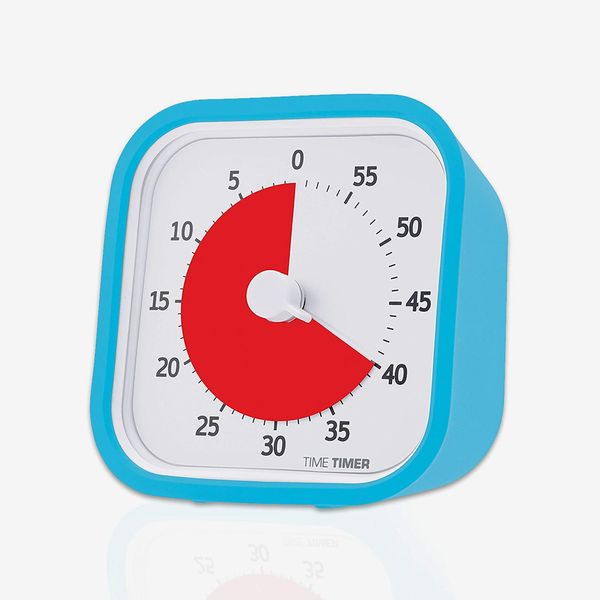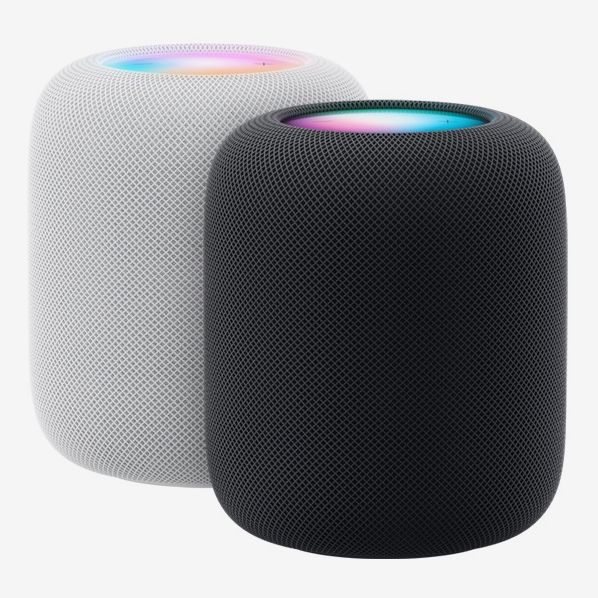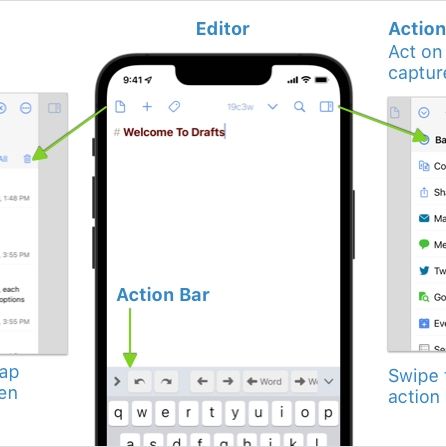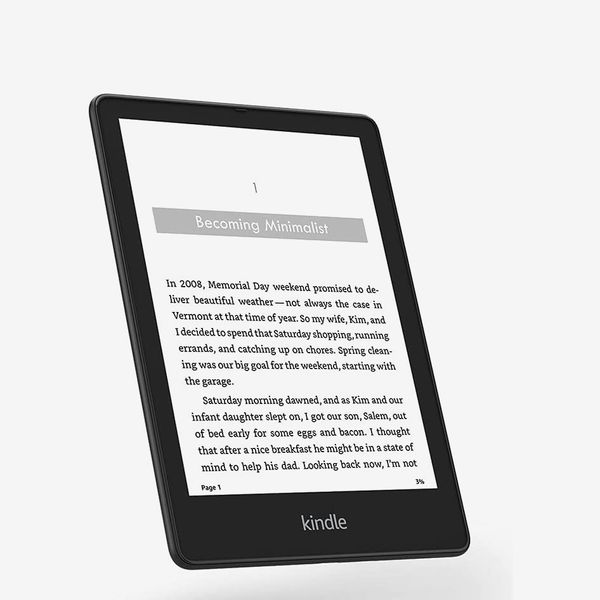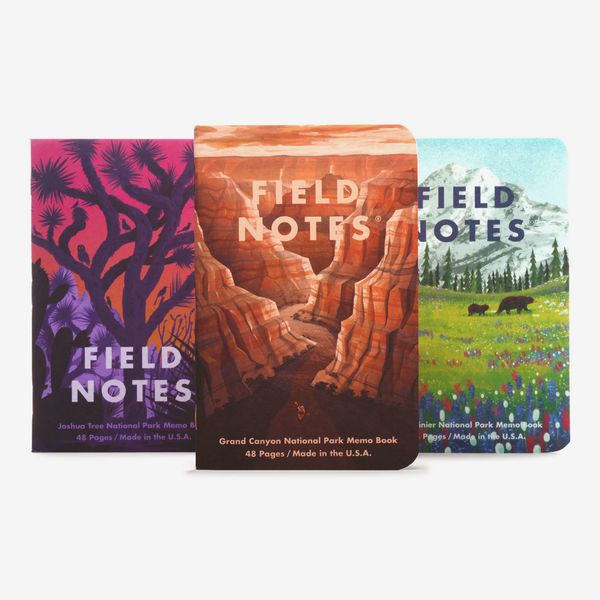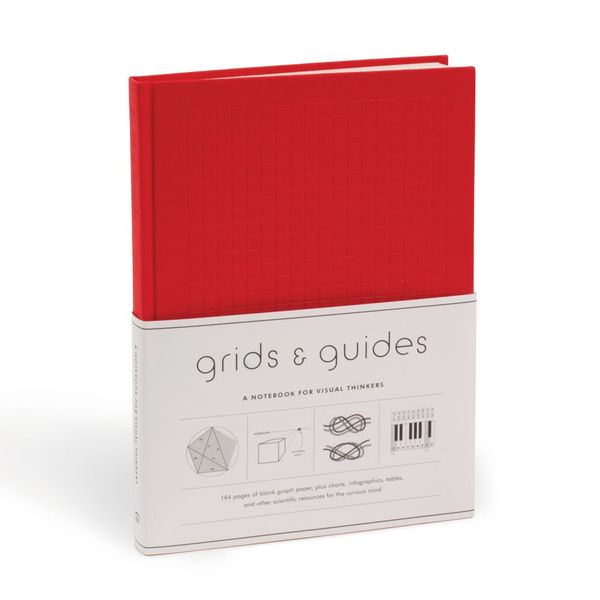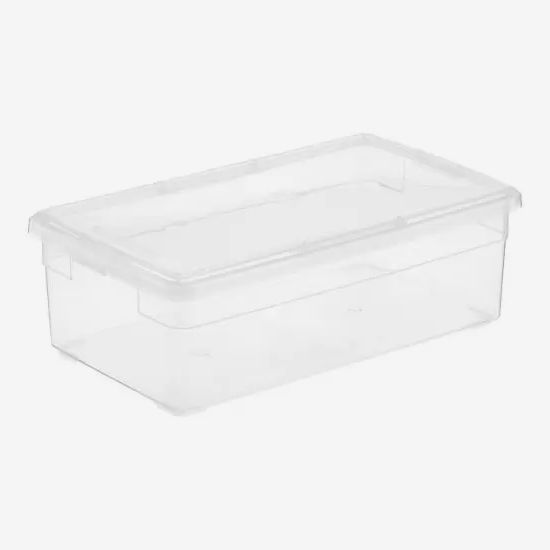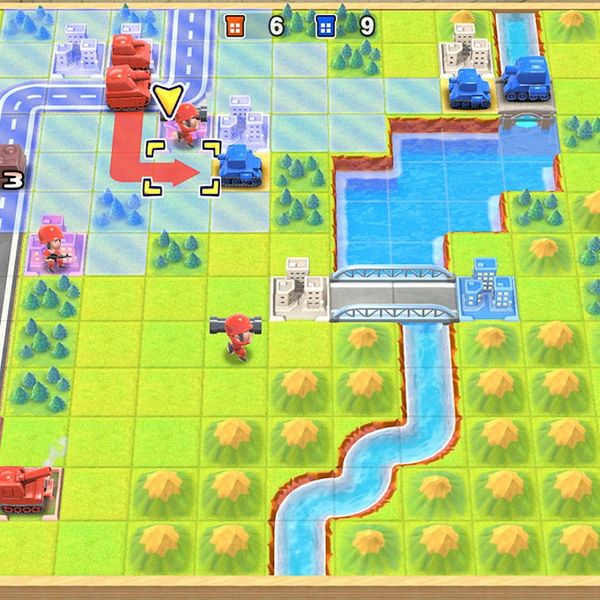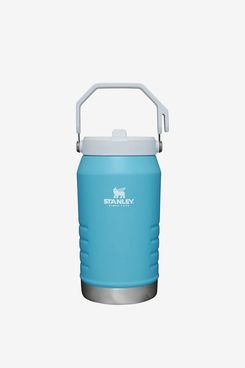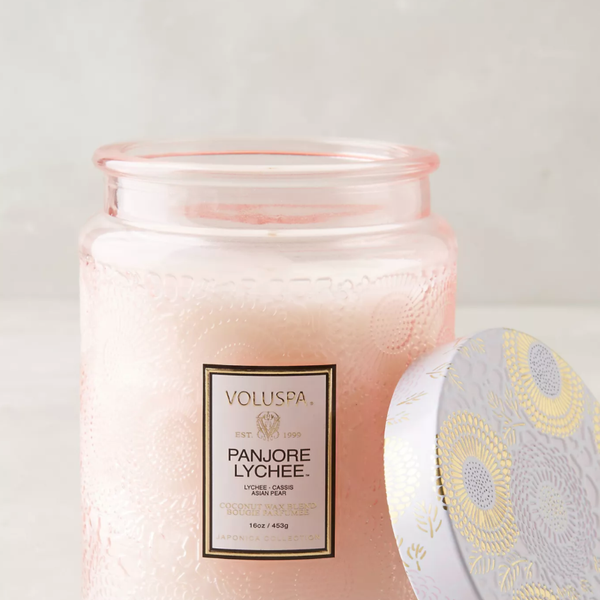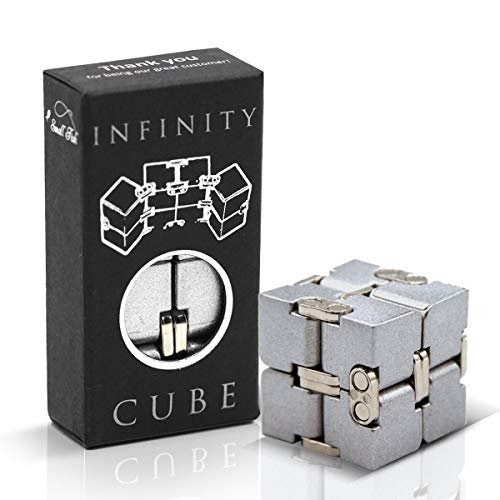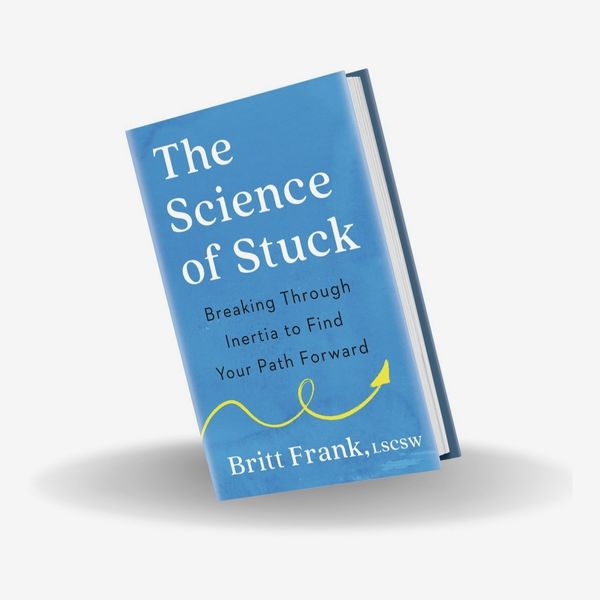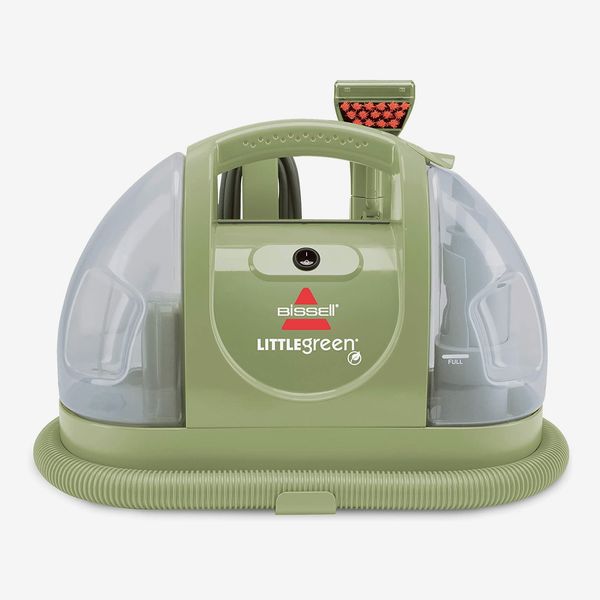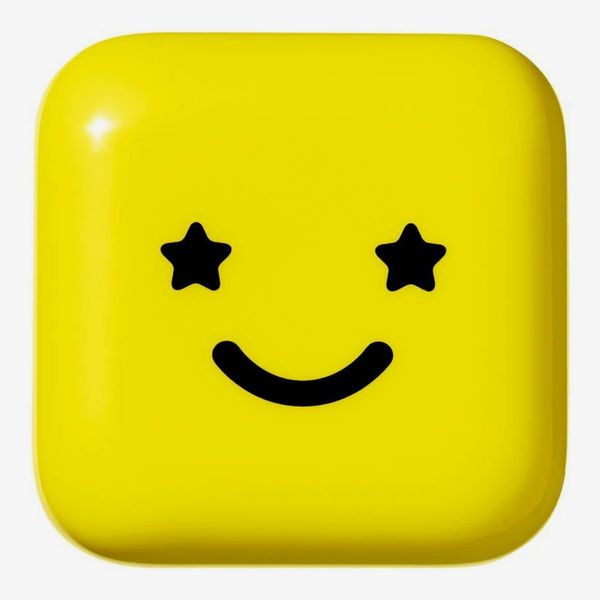
Since my ADHD diagnosis at age 12, I’ve spent a good deal of my time trying countless methods of combating the forgetfulness and scattered-mindedness that ADHD has hurled into my life. I’ve missed important deadlines that can inconvenience my colleagues, forgotten good ideas and important appointments, lost focus during conversations I’m genuinely interested in, and been sidetracked from things I should really be focusing on.
I’ve been fortunate enough to have resources like therapists and psychiatrists to help me find skills that make managing ADHD easier and restore a bit of order to my life, but not everyone is so lucky. Alice Gendron, author of the upcoming book, The Mini ADHD Coach: Tools and Support to Make Life Easier, didn’t receive her diagnosis until she was 29. A diagnosis is an important step in getting a grip on ADHD, but getting that diagnosis later in life can lead to a mad dash of learning to cope rather than curating the most effective gear and practices over time.
Over the past nearly 20 years since my diagnosis, I’ve spent endless hours researching practices, tools, and apps that can help me stay ahead of my ADHD’s most frustrating symptoms. This includes practical tools that help me stay on task, like apps and notebooks to store the thoughts that can quickly slip my mind, and products to quell the emotional issues, like the anxiety that my ADHD can surface. Judith Kolberg, a professional organizer and author of ADD-Friendly Ways to Organize Your Life, agrees that addressing the emotional aspects of ADHD is an important part of coping too: “In all the advice that goes on in helping people with ADD, we sort of forget the emotional dimension, that people still suffer with great self-esteem issues.”
Here are some of the most useful tools I’ve found along the way, plus a few from others who struggle with ADHD, that make the journey of managing a chaotic life easier.
Ways to block out distractions
Distractions can derail my focus in an instant, so it’s crucial that I keep things that stop my mind from drifting within arm’s reach. That way, anytime I start to get distracted, I can grab whatever I need to tune things out or redirect my attention to the thing I’m actually supposed to be working on. Without these things, I’m vulnerable to, for example, busy noises outside my house or getting sidetracked by a quick household chore, which can make me lose track of time and throw off my schedule.
To block out all the noises that can draw me away from my work, I use Apple’s AirPods Max when I’m at home; Gendron uses the company’s smaller AirPods Pro. Any pair of earbuds or headphones will do, as long as they sound good enough to play your favorite tunes while you work.
“Music is really powerful for people with ADHD; it can help us focus more because we can get in better focus states,” Gendron says. “When you know what music can help you, throw on your AirPods.” For me, that’s either instrumental synth-pop (if I want to feel like the protagonist in an old video game) or classical music via Apple Music Classical.
“I find that lots of people benefit from some degree of accountability, someone who’s not judgmental, just a compassionate person there to be supportive and check in,” Kolberg says. To that end, Gendron uses YouTube Premium for body doubling, a type of video that encourages you to focus on chores like doing the laundry by watching and listening to someone else doing it as you get started.
Whenever I step away from my work, whether it’s to take a call or deal with some quick things around the house, I risk getting so sidetracked that I forget I had work to do. That’s not great for someone who already struggles with maintaining a steady schedule, so I’ve turned to this timer as a way to break my work into chunks and tell me when it’s time to shift my focus to something else for a bit. Whenever I need to get to work, I set a timer for 45 minutes, and for the duration, I stop myself from doing anything else. Once I hear the buzz, I set another timer for 15 minutes, which I use to do something more fun like watch a few videos or play fetch with my pups. Rinse, repeat, until the workday’s done.
A second brain to store your thoughts
One of the trademark symptoms of ADHD is a frustratingly forgetful mind: We lose our wallets or sunglasses, walk into rooms forgetting what we needed, and find something else to get started on instead or space on plans we should’ve put in our calendars.
“I can’t hold anything in my head, and I don’t wanna rely on my head for that type of stuff, because then I just end up being this typical stereotype of ADHD,” says Bryan Jenks, a YouTuber who covers topics like note taking and curating knowledge. “I’ll forget everything.” He combats this by putting every event into his calendar and automating things like adding tasks to his to-do list as he goes about his day.
I like to have ways to add things to my notes, reminders, or calendar, even when my hands are busy, so I’ve built a system of smart devices and powerful apps that let me capture my thoughts at a moment’s notice and store them for handling later when I’m not working on something else.
Apple’s HomePods and Watch are handy in helping me dump my ideas into my notes before they slip my mind. Using Siri, I can tell my speaker or watch to add things to my to-do list or calendar, add something to my shopping list the moment I run out, send someone a text while I’m cooking dinner, or place a call while I’m walking the dogs.
I use the app Drafts for capturing thoughts and ideas before they leave my mind, and digital notes to store interesting thoughts, quotes from books and articles, and insight from people I talk to who are smarter and wiser than me. Whenever I have an idea for a new article for work or my newsletter, I open Drafts and punch in the thoughts immediately and tag them under “Ideas” so I can plug them into whatever notes they’re tied to.
Unfortunately, Drafts is iOS-only, but if you’re an Android user, Google Keep is a solid alternative that works with Google Assistant, so you can still shout your thoughts from across the room and ensure they’re stored for safekeeping.
If it weren’t for my Kindle, I’d never remember what I read. Whenever I find an interesting bit of text, whether it’s knowledge from a nonfiction book or a piece of good writing in a fiction book I’m working my way through, I highlight it and can sync it directly into my note-taking app, where I can incorporate it into other notes later on. For books I just want to highlight and not mark up, I use my Kindle Paperwhite, and for books that I’d like to scribble notes into, I use the Kindle Scribe and its handy stylus. In both cases, I know those highlights and notes will be stored for me to process and store later, ready to access whenever I need them.
A screen-free way to store your thoughts
I don’t always want a gadget to be where I store my thoughts: Sometimes I need to jot something down that won’t be relevant in a couple hours and just need it on a sheet of paper or Post-it note. In those instances, notebooks that I can carry anywhere have been a great way to map out my ideas when I don’t have a computer or tablet handy.
When I’m trying to unplug, I like to carry around a pocketable Field Notes notebook, which I can pull out at a moment’s notice and scribble in whatever’s on my mind and then deal with it when I’m back at my desk.
Kolberg also recommends tools like whiteboards for overwhelming projects such as buying a car, where you might feel anxious about where to start. I don’t have space for a whiteboard, but I have a notebook that gives me the freedom of a whiteboard while being more portable. The Princeton Architectural Press Grids & Guides notebook, an old Strategist favorite, has different patterns on every page. That variety helps me think and organize my notes in different ways, depending on the page: Sometimes a grid inspires me to think in bullet points, while a blank page may lead to a mind map to plan out a project I need to get started on.
Clear storage to keep track of everything
Disorganization can easily wreak havoc on your day-to-day life. Jenks used to constantly lose things like his keys. He’s managed that by having designated places for those everyday items and a strict rule that they can’t be anywhere else. “Transparent and visible storage is massively helpful, because otherwise everything just starts getting crammed into drawers,” he says. “Then you end up with that thing we all have in our kitchen, like the crap drawer where you just throw everything.”
Jenks has a bowl near the entrance to his home where necessities like keys rest when he comes through the door. I use an ashtray I bought from a local pottery shop for the same purpose, but a good-looking bowl can do the trick while giving your room a little extra decoration.
For the items you don’t need to grab frequently, Jenks recommends clear storage bins that let you quickly peek into each box and find something without having to tear through your entire house.
A reward for getting things done
Without a reward that gives me a bit of a dopamine rush, it’s easy for me to quickly run out of steam while I’m working. In order to get that rush and trick myself into working through my tasks to have a little fun, I’ve started alternating with 45 minutes of deep work, followed by 15 minutes of doing something I enjoy. In many cases, that’s a video game I can play in bursts and still keep my mind working, rather than totally turning it off.
This turn-based strategy game puts you through challenges of fighting opposing armies with a predetermined map and set of troops and other weapons to win the game. I can pause it and save my progress at any time, so when my 15 minutes of playtime are up, I can roll right back into my work. Since winning matches requires a lot of foresight and commitment to strategies, I’m able to keep my mind engaged and avoid drifting back into procrastination in favor of an easier dopamine rush than ticking things off my to-do list offers.
Necessities for self-care
Left to my worst devices, I’ll tell myself that even if I do get my work done, it won’t be good, and my impostor syndrome will finally be validated. That’s not true, of course, but to combat that, I need some things that remind me to take care of myself and not let myself get overwhelmed or neglect my health.
Like many stimulants, my ADHD medication quickly leaves me dehydrated, and my spacey mind makes it easy for me to go hours without sipping water, leaving me feeling pretty cruddy by the end of the day. I’ve tried (and lost) countless water bottles that store enough water to gauge how hydrated I am, but nothing fit the bill until I found Stanley’s maximalist Iceflow Flip Straw Jug.
It’s huge and can sometimes be clunky to carry around, but its large size and handle make it harder to leave behind since it’s big enough to see even in my peripheral vision. That handle also lets me more easily tote it, and the heavier weight gives me a way to ensure it’s somewhere on my person — if my bag feels too light, I know it’s missing — and I’ve never come close to losing it.
Candles have been crucial in keeping me calm when I start to feel overwhelmed. In addition to making my house smell better, the right scent gives me something to feel good about and center on for a moment while I try to calm down. Since I’m always burning at least one candle (usually more; one for each room), I like to buy a bunch at once so I never run out. I usually get about ten at a time from Trader Joe’s, but these candles are a Strategist favorite for budget candles.
Fidget toys have helped me quell the restlessness of ADHD, and the accompanying feeling of being on edge, by keeping my hands busy and letting part of my mind focus on something that isn’t so overwhelming. For instance, the day of the interview for my first editorial fellowship, my anxiety was so high I could barely get through a training session with one of my fitness clients. I kept a fidget cube in my pocket to focus my nervous energy on, rather than letting it pull me away from the clients who needed my attention.
Jenks likes using the Infinity Cube, as its metal design makes it just as fun as it is useful. “Just because it’s metal, the sheer weight of this thing is satisfying,” he says. “And then you can do enough movements with this, even with one hand, that it is incredibly fascinating.”
One of the most challenging aspects of my ADHD is how quickly I can get stuck in patterns that keep me away from the things I need to do, which only fuels my anxiety and gets me further from my goals. I picked up Britt Frank’s The Science of Stuck after hearing her on an episode of the podcast You Are Not So Smart, and it’s been instrumental in helping me get back to the projects and tasks I’ve been putting off by helping me examine what’s been stopping me (anxiety, fear of failing, etc.).
At the end of every chapter, each of which is full of valuable insight and advice for unraveling the things that have been weighing you down, Frank provides a handy summary of all the chapter’s main points, which is helpful when your brain struggles to commit dense info to memory, plus small exercises to help you apply the advice to your own life and struggles.
The Strategist is designed to surface the most useful, expert recommendations for things to buy across the vast e-commerce landscape. Some of our latest conquests include the best acne treatments, rolling luggage, pillows for side sleepers, natural anxiety remedies, and bath towels. We update links when possible, but note that deals can expire and all prices are subject to change.



